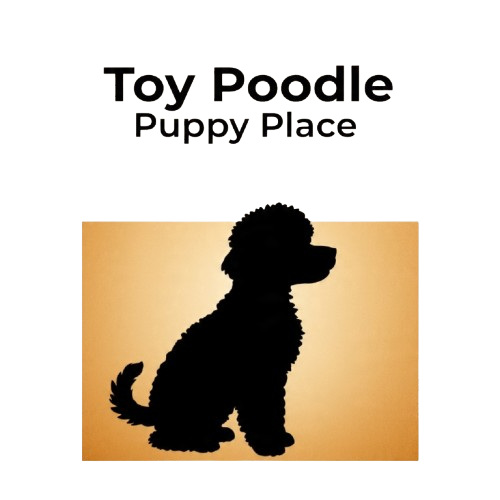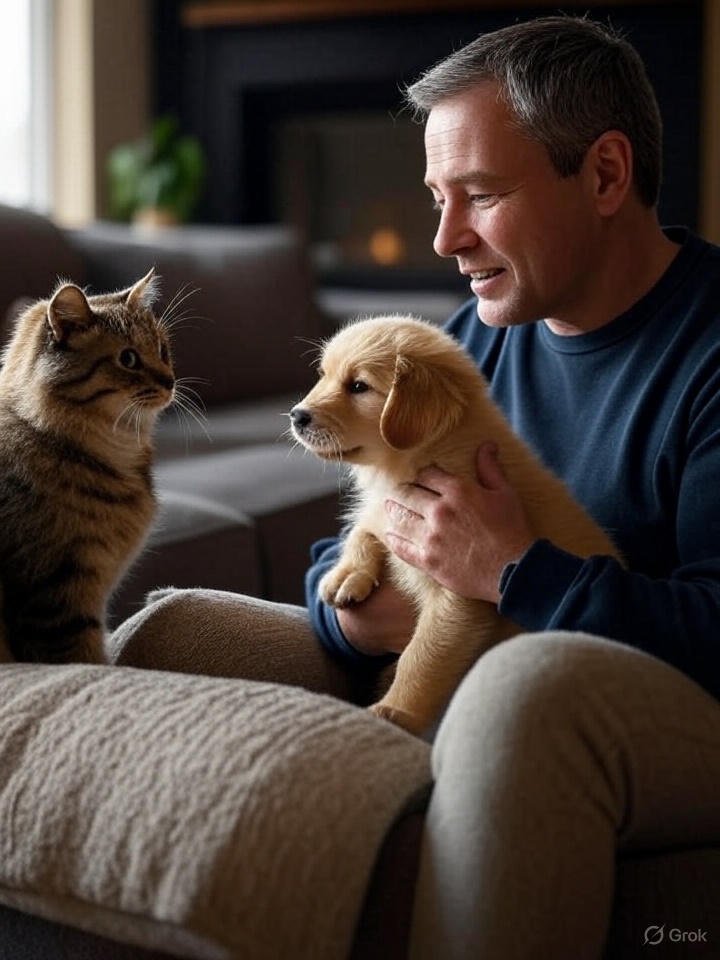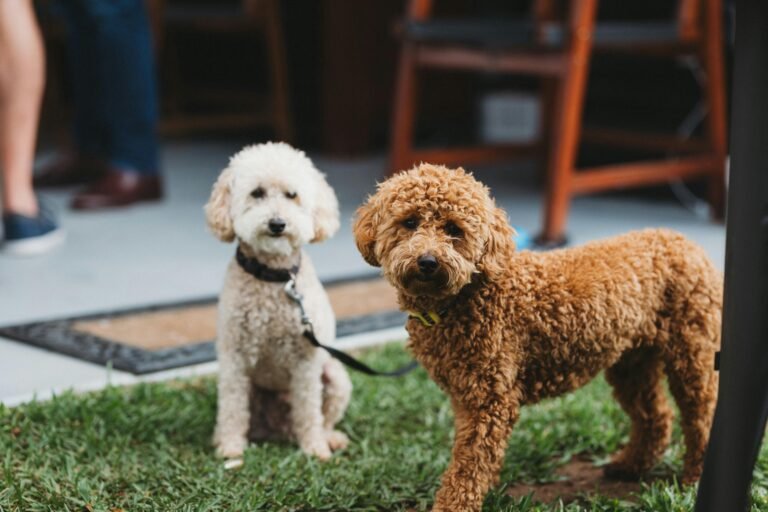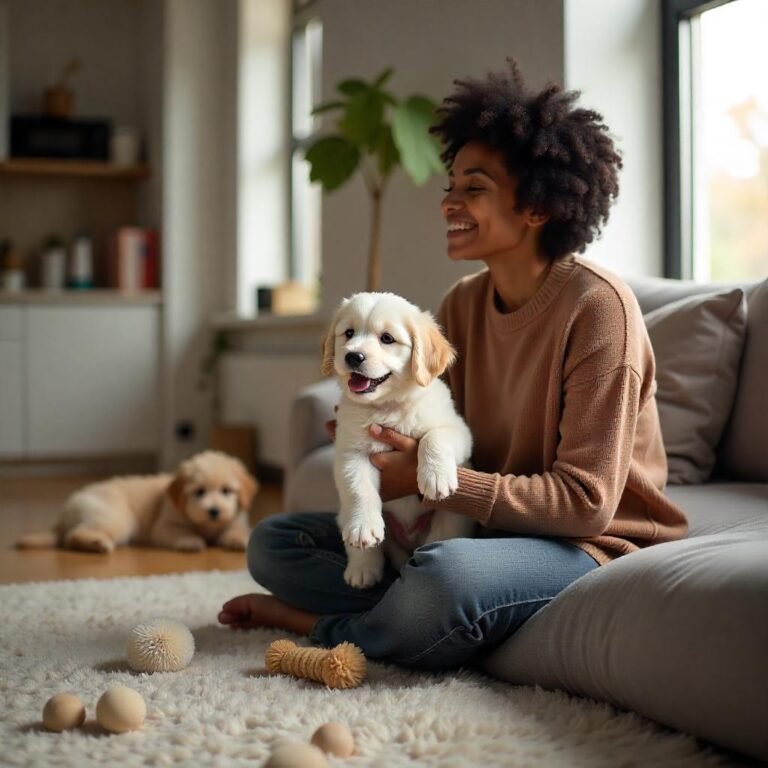How to Introduce Your Puppy to Other Pets: A Step-by-Step Guide
Bringing home a new puppy—like a Toy Poodle or Maltipoo—is a joyful milestone. But if you already have pets at home, that excitement can come with a little anxiety. Will they get along? Will your existing pets feel threatened? How do you make the introduction as smooth as possible?
Here’s a clear, step-by-step guide to help you introduce your puppy to your other pets safely and successfully.
🐾 Step 1: Prepare Your Home
Before your puppy even walks through the door, set the stage for a calm, structured introduction.
What to do:
- Set up a separate space (a crate or puppy pen) where your puppy can feel safe
- Make sure your current pet has a safe retreat area, too
- Remove toys, food, or other items that could cause possessiveness or competition
🐶🐱 Step 2: Take It Slow and Controlled
Start with brief, calm, and controlled interactions—especially if your current pet is a cat or an older dog.
For Dogs:
- Introduce them on neutral ground, like your backyard or a quiet sidewalk walk
- Keep both dogs on leashes during the first few meetings
- Let them sniff each other briefly, then separate them and give positive reinforcement (treats, praise)
- Watch for body language: wagging tails and relaxed posture = good signs
For Cats:
- Keep your puppy leashed or crated during the first few indoor meetings
- Let the cat approach at their own pace
- Never force interaction or chase
- Reward both pets for calm behavior
🕰️ Step 3: Gradual Increase in Interaction Time
Once the first introductions go well, gradually increase their time together.
Tips:
- Keep early play sessions short and supervised
- If your puppy is too energetic, redirect them with toys
- Never leave them alone together unsupervised in the early days
This phase could take a few days to a few weeks, depending on your pets’ personalities.
🧠 Step 4: Watch for Signs of Stress or Aggression
It’s normal for your existing pet to feel unsure or even slightly jealous at first.
Watch out for:
- Growling or hissing
- Prolonged staring or stiff posture
- Hiding, shaking, or avoidance
- Resource guarding (food, toys, humans)
If you notice these signs, pause interactions, give each pet their own space, and try again later at a lower-intensity level.
🍽️ Step 5: Feed Separately at First
Food can be a source of tension between animals.
Feeding tips:
- Feed your pets in separate rooms or with physical barriers between them
- Pick up bowls after meals to prevent food guarding
- Gradually move bowls closer together as they get more comfortable
🛏️ Step 6: Maintain Routines and Give Equal Attention
Make sure your current pet doesn’t feel replaced. Stick to their feeding, walking, and cuddle routines.
Show love to both pets:
- Equal playtime
- One-on-one attention
- Positive reinforcement when they’re calm and respectful around each other
This helps your older pet associate the puppy with good things—not competition.
⏳ Step 7: Be Patient — It Takes Time
Every pet is different. Some adjust quickly, while others may need weeks or even months.
Be consistent, use calm energy, and don’t rush it. Building trust between animals is like building a new friendship—it takes time and respect.
✅ Bonus Tips for Specific Pets:
🐕 Older Dog + Puppy:
- Your older dog may get tired of the puppy’s energy quickly
- Give them space to rest undisturbed
- Interrupt rough or disrespectful puppy behavior gently but firmly
🐱 Cat + Puppy:
- Provide high places and hiding spots for your cat
- Trim your puppy’s nails to avoid accidental scratches
- Keep the puppy on a leash indoors during early interactions
❤️ Final Thoughts
Introducing your Toy Poodle or Maltipoo puppy to other pets is all about patience, observation, and mutual respect. With a thoughtful approach, your home can become a peaceful, happy multi-pet household—full of tail wags, purrs, and playtime.




